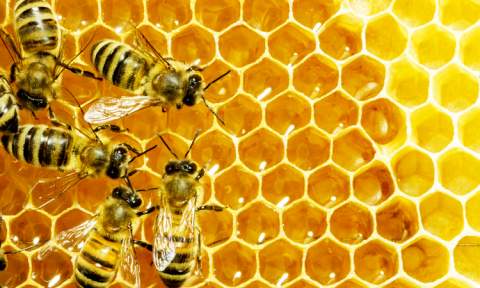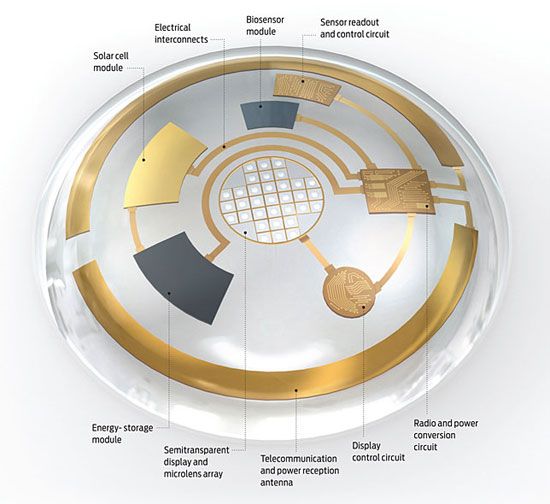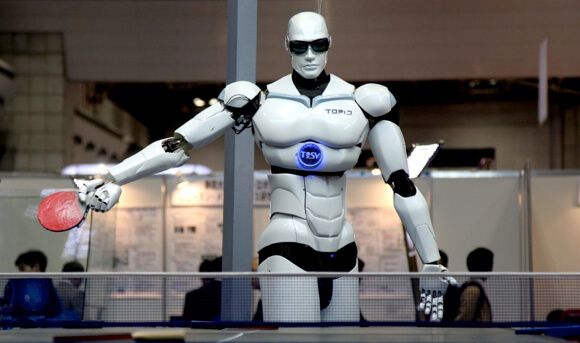Aug 4, 2014
Gravity Modification Workshop Schedule (Final)
Posted by Benjamin T. Solomon in categories: business, disruptive technology, general relativity, innovation, physics, science, space travel, time travel, transportation
The Xodus One Foundation will be conducting workshops on Gravity Modification, based on Ben Solomon’s 12-year study titled “An Introduction to Gravity Modification” and other later peer reviewed papers. And has been vetted by the Foundation’s Chief Science Office, Dr. Andrew Beckwith.
This thought provoking & bleeding edge physics/technology workshop will assists attendees to understand how the future of propulsion technology is changing. And therefore, adjust their corporate programs to expect these future technologies and research programs.
Continue reading “Gravity Modification Workshop Schedule (Final)” »

















